
Rolling the Dice: What Gambling Can Teach Us About Probability

news, new scholarship & more from around the world


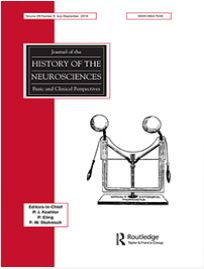






“Woman loves sex and loves children.” These six words, written in 1927 in The Right to Be Happy, sum up the passions that drove the life and politics of Dora Russell (1894–1986), British feminist, sex radical, progressive educator, peace activist, and second wife of the philosopher and mathematician Bertrand Russell.

The idea of the pure and innocent child whom adults needed to protect and nurture had emerged in the work of Romantic thinkers and poets of the late eighteenth century. It reached new heights during the Victorian era when childhood was idealized and sentimentalized—but also scrutinized—to a degree not seen before.


Mexican and Mexican American migration to the Midwest dates to the 1920s and 1930s, when laborers moved to the north to work on sugar beet farms. Over time, they set down roots in Minnesota communities — particularly St. Paul’s Lower West Side (the West Side Flats), which offered jobs in meatpacking and the railroad industry. Towards the end of the 1930s, so many Mexicans tried to settle near their families that there was a housing shortage in the neighborhood.




Punx Picnic. Settle Walk, Hulme, 1996.







“If it takes a bloodbath, let’s get it over with.”– California Gov. Ronald Reagan



Demonstrators and students protesting the war in Vietnam are seen at the plaza in front of Columbia University’s Low Memorial Library in New York, April 27, 1968. Policemen line the steps of the library, one of five buildings that protesters continue to occupy during the sit-in.
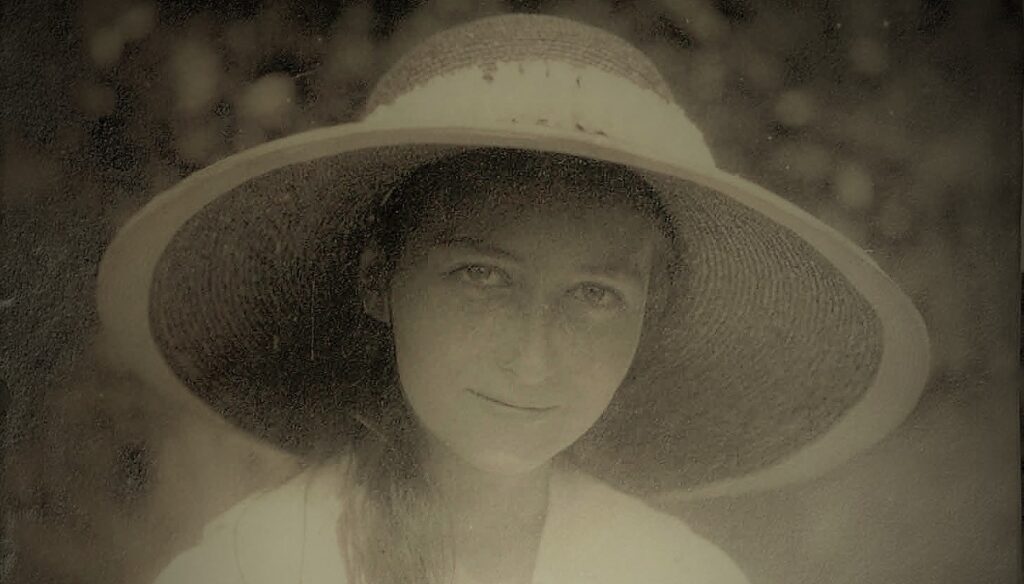
Eileen Younghusband’s diaries, written between 1917-1930, cover a transitional period in her life, beginning with her wartime childhood in an upper middle class home at Wimbledon and ending as she started her career as a tutor at the London School of Economics. They cover her ambivalent relationship with post-war ‘High Society’, growing interest in politics and issues of social justice, first steps towards social work (through the Whitechapel Care Committee and Bermondsey Princess Club) and education at the LSE, as well as the routine of daily life (particularly with regard to shopping, socialising and travelling).


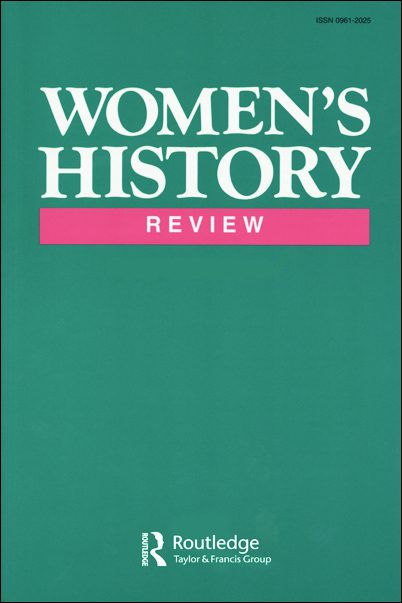

In an interview with Daniel Denvir… Dr. Robin D. G. Kelley, Professor of History at the University of California Los Angeles, spoke about this vital history, documented in his 1990 book, Hammer and Hoe: Alabama Communists During the Great Depression. The Alabama Communists and their allied organizations won major victories, but they also lost many fights and lost many lives to police and vigilantes. Hammer and Hoe reminds us that, then and today, the class struggle and fight for black freedom has never been easy. This interview has been lightly edited for length and clarity. Above: Evicted Arkansas sharecropper who was active in the Southern Tenant Farmers’ Union, now building his new home in Hill House, Mississippi.

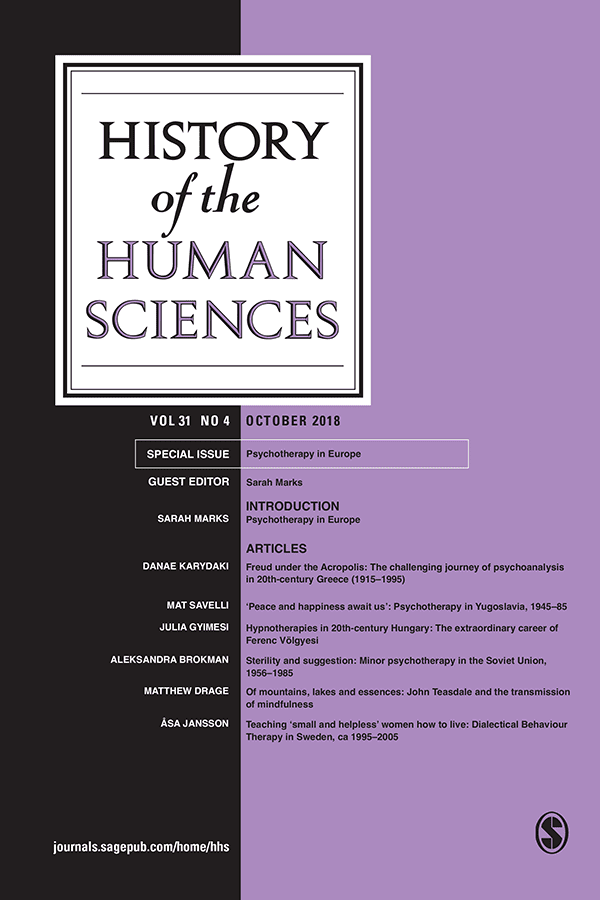



History of Psychiatry, Ahead of Print.
We present a social-historical perspective on the evolution of the voice-hearing phenomenon in Western society. Based upon a systematic search from a selection of nine databases, we trace the way hearing voices has been understood throughout the ages. Originally, hearing voices was considered a gifted talent for accessing the divine, but the progressive influence of monotheistic religion gradually condemned the practice to social marginalization. Later, the medical and psychiatric professions of secular society were instrumental in attaching stigma to both voice hearers and the phenomenon itself, thereby reinforcing social exclusion. More recently, the re-integration of voice hearers into the community by health authorities in various countries appears to have provided a new, socially acceptable setting for the phenomenon.




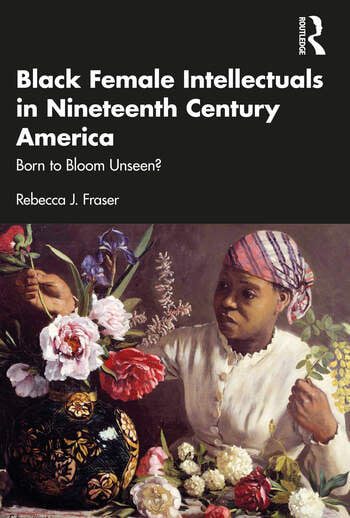






This is the first in a series of interviews celebrating Community Care’s 50th anniversary. We will be speaking to key figures who have shaped the last 50 years in social work and those who will shape it in the years to come.